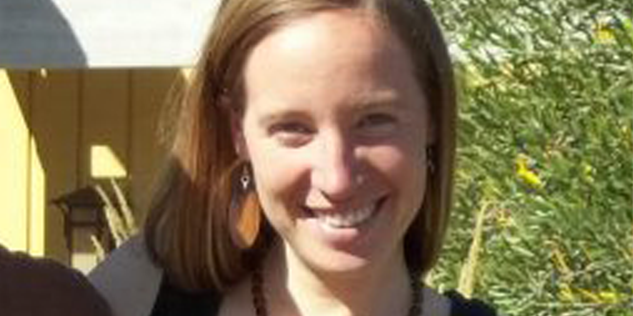Pages (1 results)
TopAffiliated Faculty
ERG has a small core faculty but a much larger group of affiliated faculty. Affiliated faculty are based in other departments on campus or at the Lawrence Berkeley National Laboratory, ... Continue Reading »
Alumni (3 results)
Top
Bodie Cabiyo
MA, PhD
Bodie uses interdisciplinary approaches to investigate nature-based solutions to climate change. He currently studies how policy and innovative technology can enable carbon-beneficial forest management. This work bridges industrial ecology, forest ... Continue Reading »

Lydia Smith
MS, PhD
Subsurface Controls on Carbon Dynamics in a Changing Arctic Ecosystem (PhD ’18) Terrestrial Biological Carbon Dioxide Removal: An Ecological Perspective (MS ’12) Lydia’s research takes her to the Alaskan Arctic, ... Continue Reading »

Daniel Sanchez
MS, PhD
Daniel L. Sanchez holds a Ph.D. and M.S. in Energy and Resources. He is interested in quantitative analysis to inform public policy, focusing on bioenergy and climate policy. His past research focused on design, deployment, and commercialization of bioenergy with carbon capture and sequestration (BECCS) technologies. Daniel has previously held positions with the Advanced Research Projects Agency-Energy (ARPA-E), Green for All, and the California Public Utilities Commission.
News (1 results)
Top
ERG Adjunct Professor Margaret Torn Conducts Vital Research on Carbon Dioxide Removal
January 26, 2021
ERG adjunct professor Margaret Torn was featured in EurekAlert for her contributed work on a carbon dioxide removal (CDR) primer. The article cites the research as a valuable resource on CDR technologies and policies, and how such strategies can help create a serious plan to address climate change. "Atmospheric CO2 concentrations are already 50% over historic natural levels - 270 ppm (parts per million) in pre-industrial times vs 414 ppm today," Torn stated. "To slow climate change and avoid its worst impacts, climate scientists tell us that we need to restore atmospheric CO2 concentrations to about 350 ppm or less. To do that, we need CDR technologies and policies to remove excess CO2 from the atmosphere."
